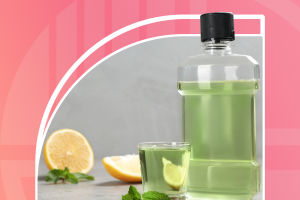Maintenance Of Knees
Entering an aging society, coupled with the increase in average life expectancy, the incidence of osteoarthritis is soaring among the elderly, and there is an endless stream of patients coming to orthopaedics in major hospitals for joint replacement.
Although with the advancement of medicine, joint replacement surgery is developing in a minimally invasive and painless direction, however, many people are hesitant to perform surgery. Why is a knee designed to last up to 70 years, some people have problems in their 30s or 40s, while others can be safe and sound all the time? Knee maintenance, what misunderstandings need to be paid attention to?
The bearing capacity of the knee has actually been established since the age of 20. If you want to protect the knee, you must learn how to maintain it.
Standing, walking, running, the movement of people is inseparable from the support of the knee joint. The knee joint is the largest load-bearing joint in the human body. The faster the joints degenerate.
Proper exercise is the best lubricant for the knee joint!
To protect the knee from accelerated degeneration and pain, we must first understand where it is vulnerable:
1. The basic structure of the knee joint
There are three main bones in the knee joint: the femur of the thigh, the tibia of the lower leg, and the patella. Under the wrapping and pulling of muscles and ligaments, people's knees are formed together.
"Articular cartilage" and "meniscus" are located between the femur and tibia, like a "protective belt", which protects our knee joint during activities and reduces wear and tear.
2. Favorite state of the knee
The human knee is a flexion and extension joint. "Strong squeeze" + "relaxed stretch" is its favorite state.
When the knee joint is stressed, the synovial fluid of the joint is "squeezed" and released, so that the joint is lubricated; at the same time, the wastes and toxins metabolized inside are also discharged.
When the knee joint relaxes and stretches, synovial fluid is absorbed back with nutrients to nourish the joint. Although "excessive exercise" will cause certain damage to the knee joint, if you don't move at all, it will also indirectly "break food" for your knee joint and allow it to fend for itself.


